VERY RARE! Original TOP SECRET S-Site Atomic Bomb Manhattan Project Employee Badge
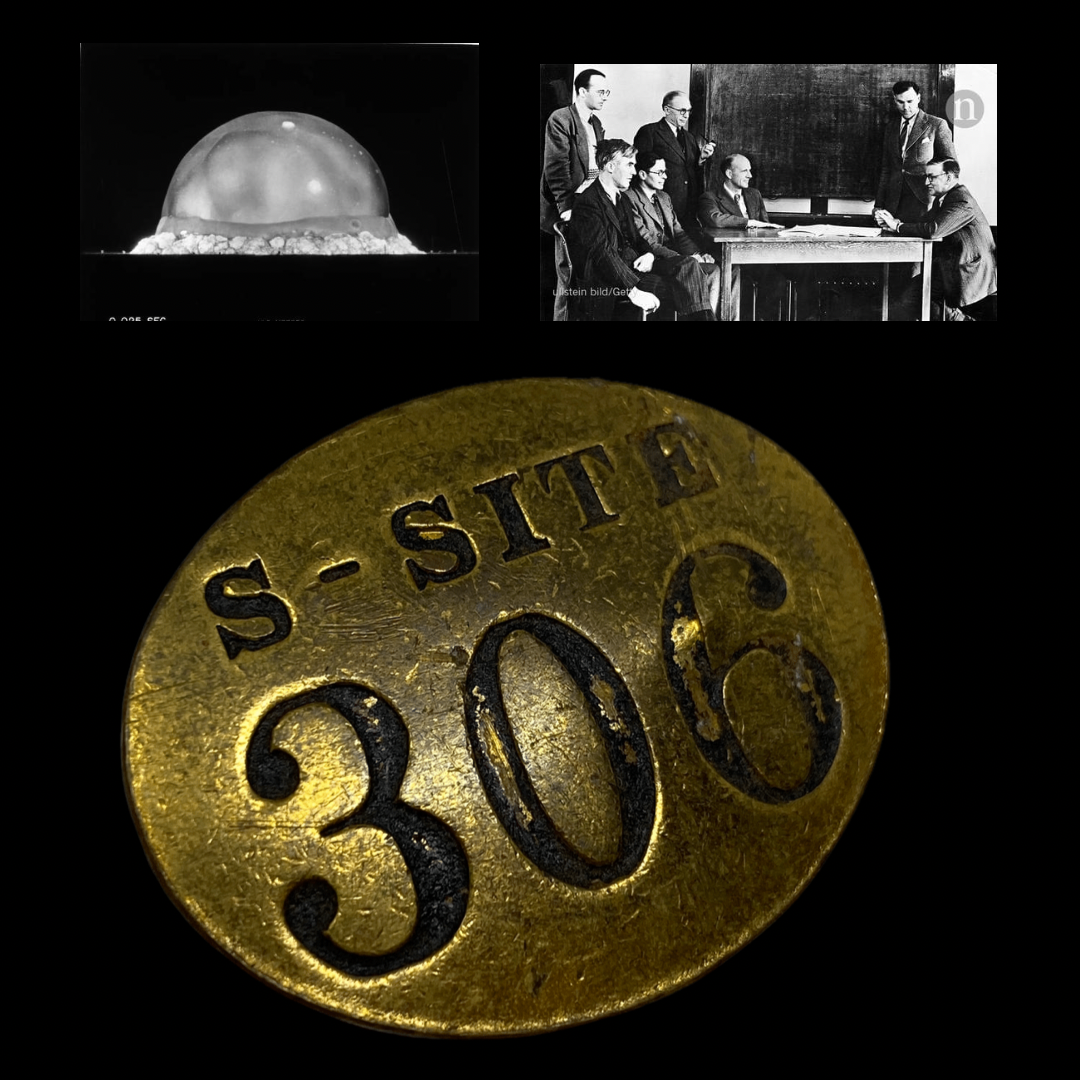

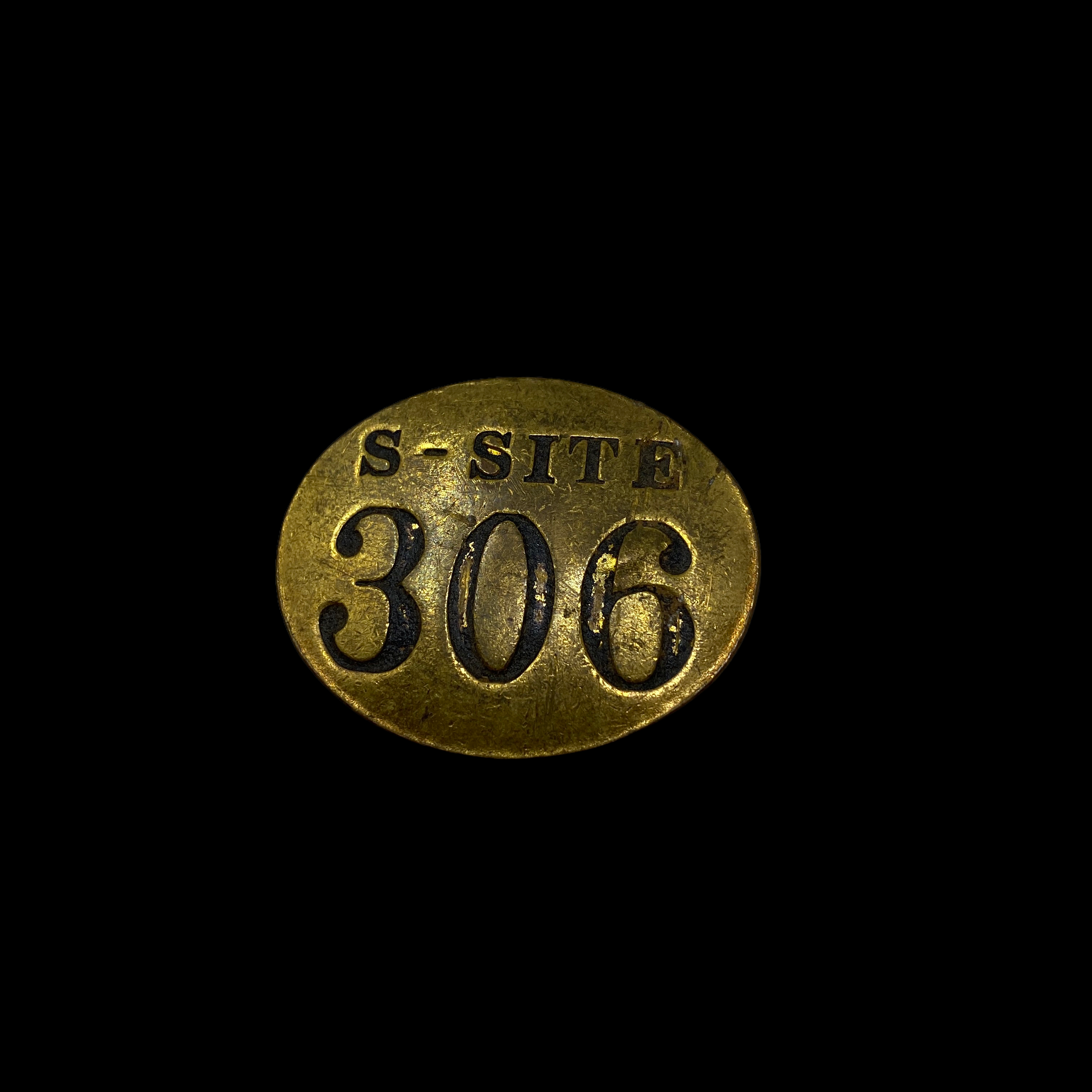
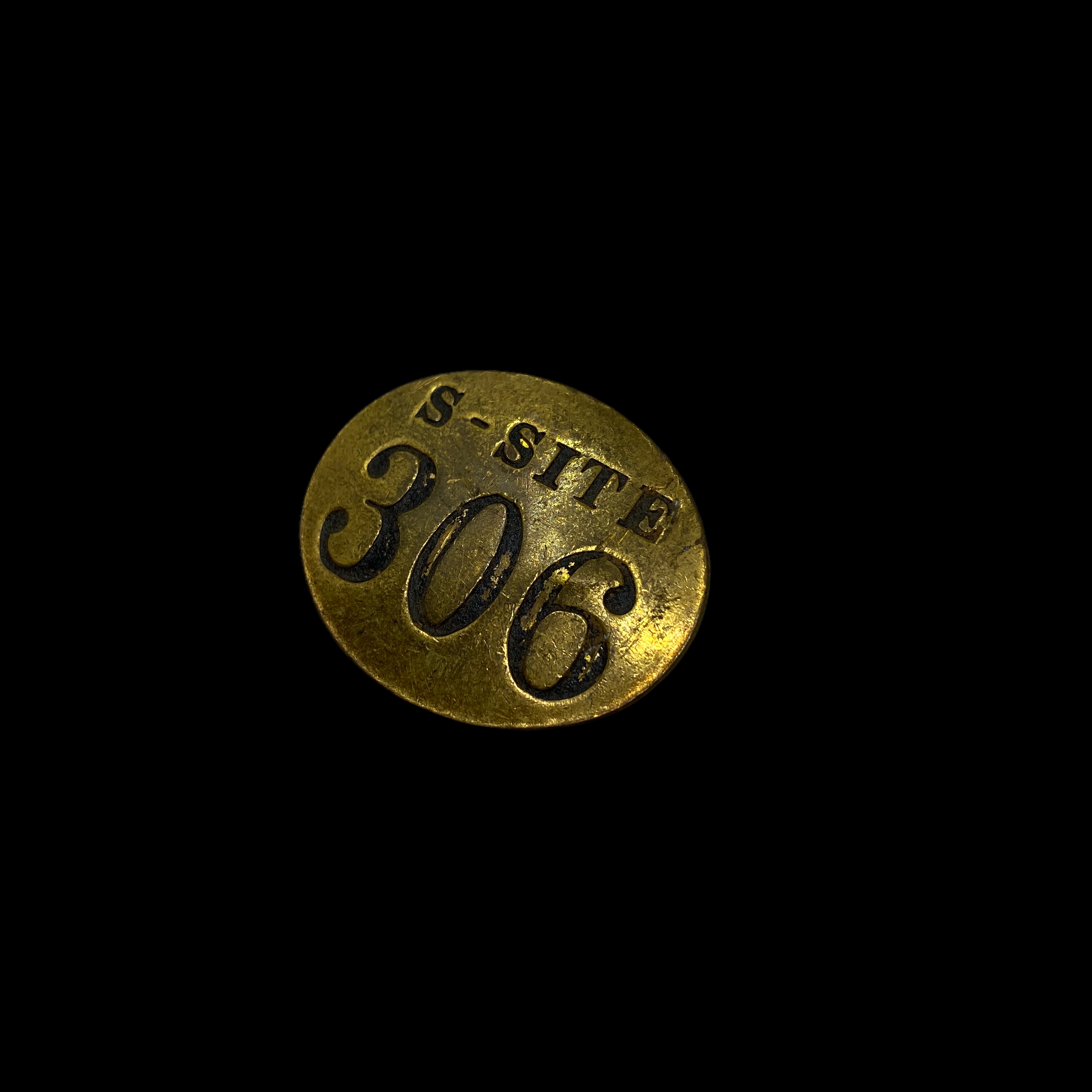
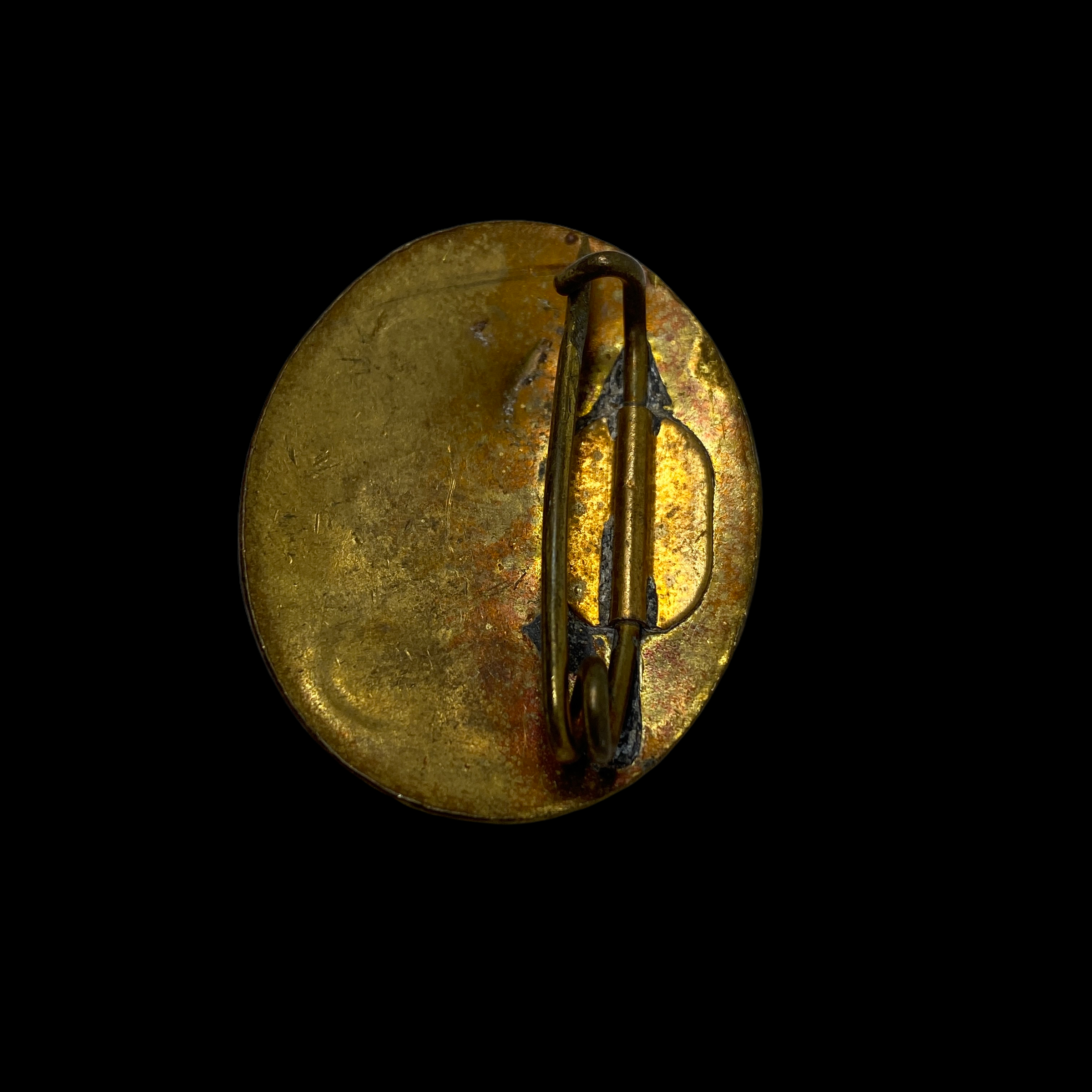

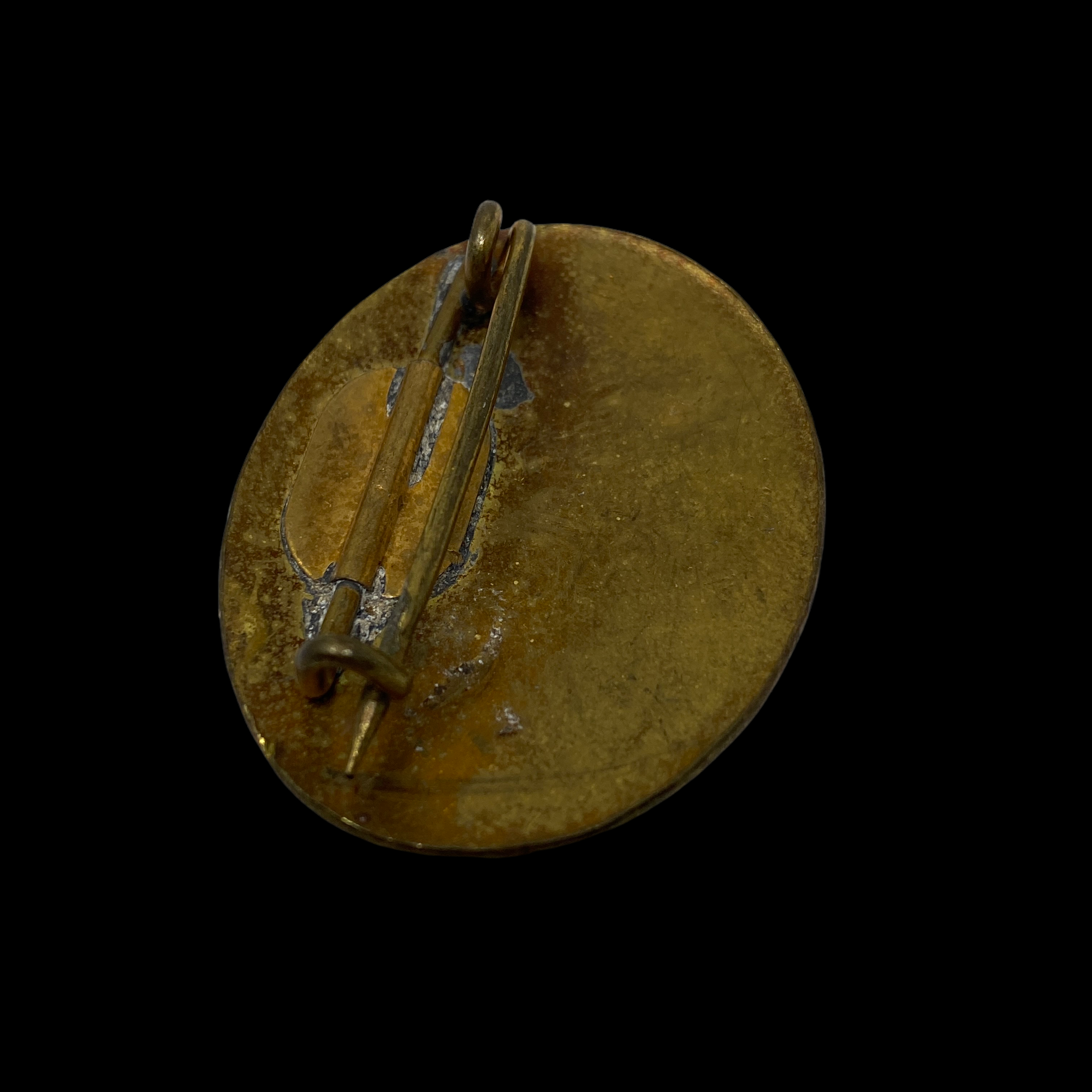



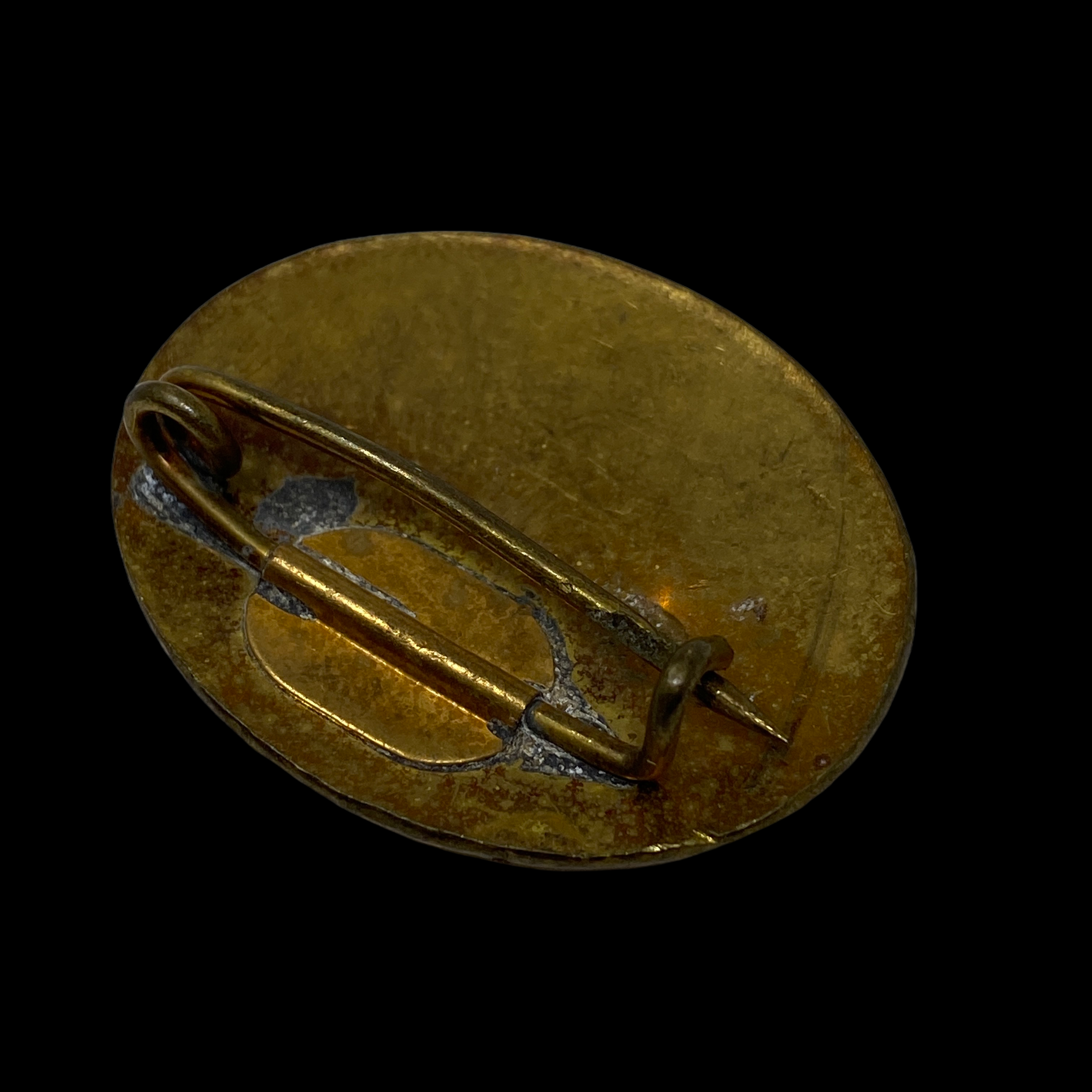
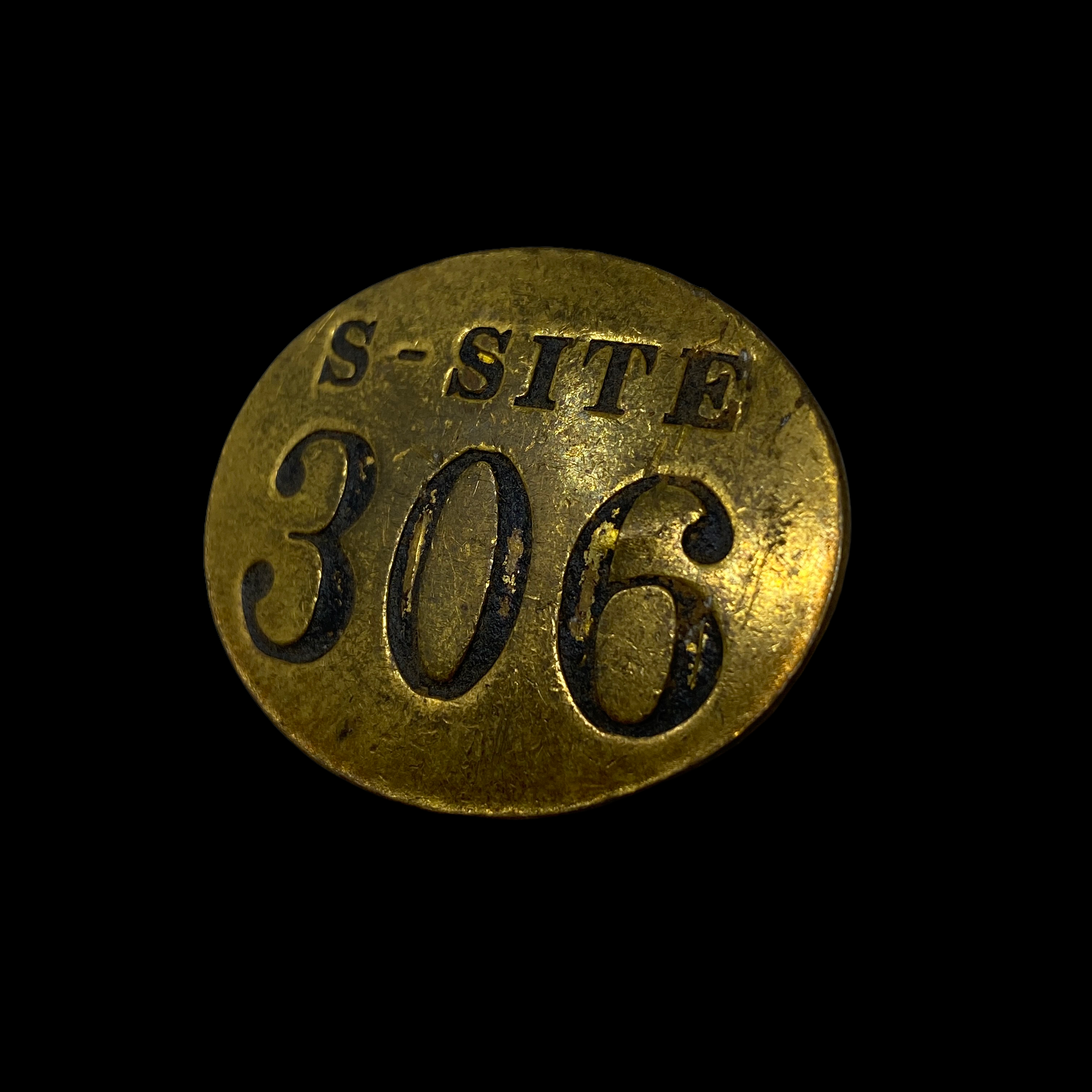

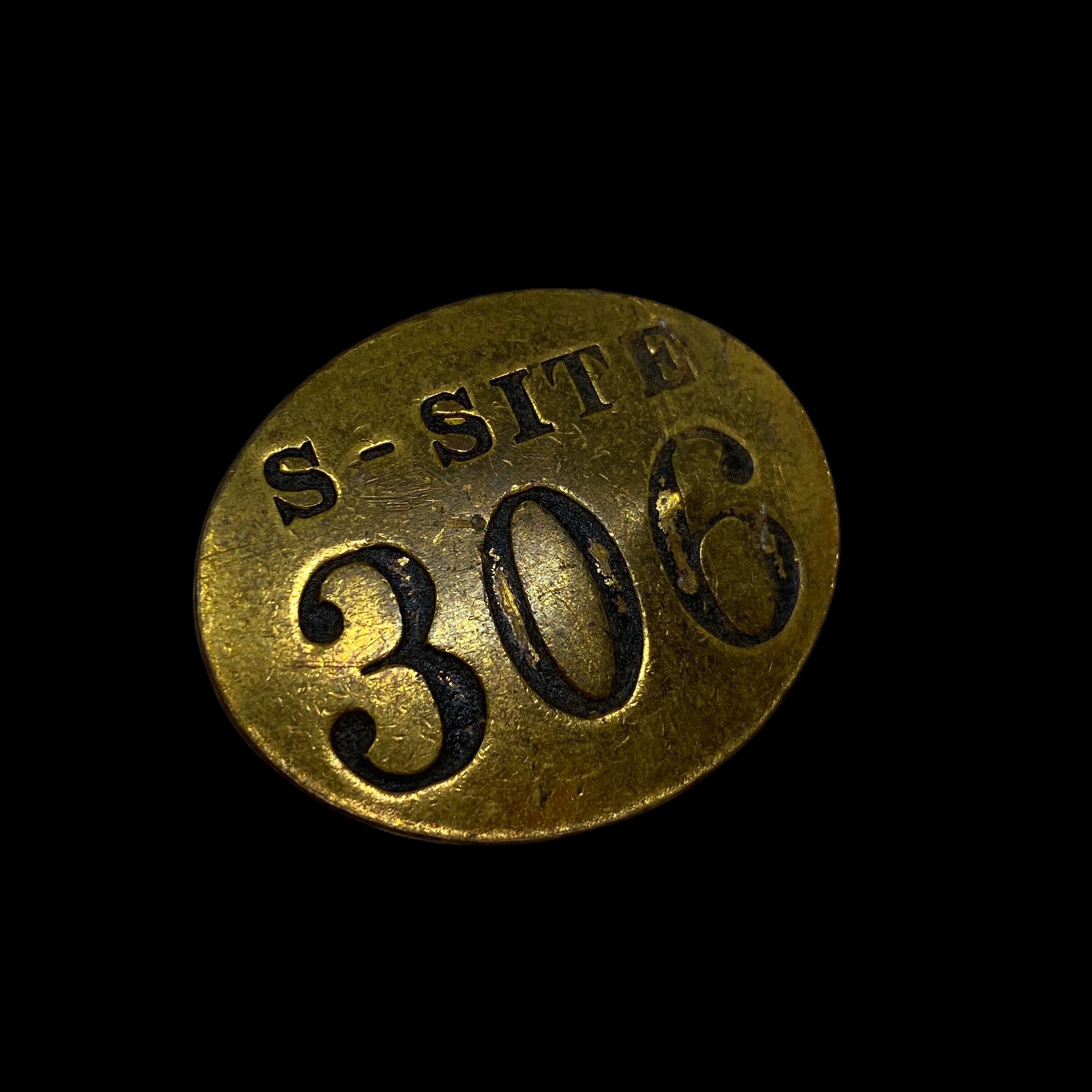
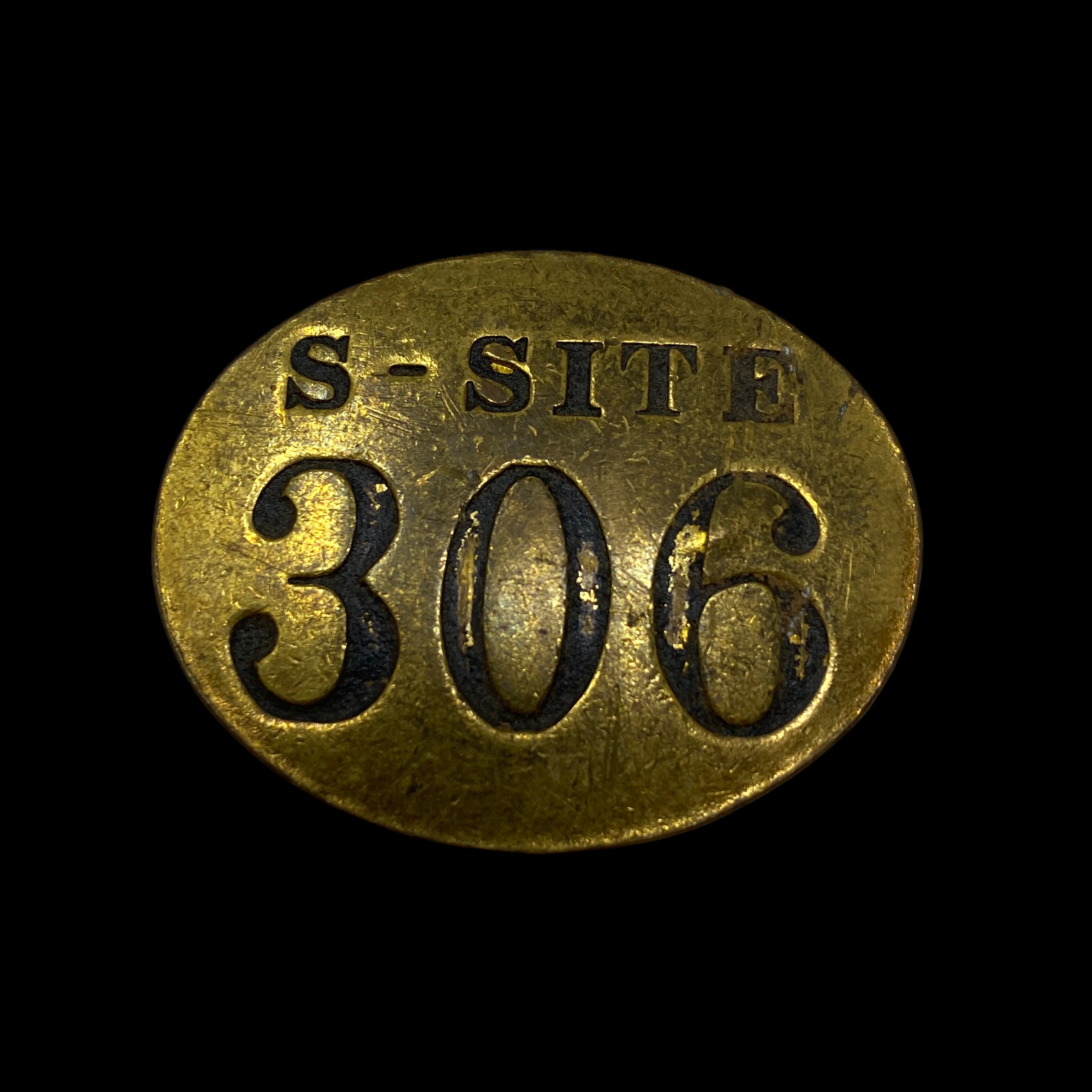
VERY RARE! Original TOP SECRET S-Site Atomic Bomb Manhattan Project Employee Badge
Comes with hand-signed C.O.A.
This incredibly rare and museum-grade WWII S-Site employee badge was worn by a member of the Manhattan Project during the creation of the world first even atomic bombs. Site-S scientists were responsible for the research and creation of the plutonium-fueled implosion-type atomic weapon….the atomic bomb types exploded over Nagasaki. The S-Site badge was made of brass so that it could survive in an accidental explosion.
This very rare S-Site employee bagde was worn during the duration of the atomic project and was worn by the TOP SECRET employees and Manhattan Project personnel. Each badge was given a specific number designated to a specific employee. This badge would have been assigned on day one of their introduction into the Manhattan Project program.
The S-Site scientists researched and assembled the world’s first nuclear device, the Gadget. The success of the Trinity Test proved that an implosion-type, plutonium fueled nuclear weapon could work. On August 9, 1945, three days after the uranium-fueled Little Boy atomic bomb detonated over Hiroshima, Japan, Fat Man, the plutonium-fueled implosion-type atomic weapon developed at Los Alamos and based on the success of the Gadget, exploded over Nagasaki. It was the first, and so far only, time atomic weapons were ever used in war.
More complete history of S-Site and the Atomic Bomb:
On April 20, 1943, the University of California signed a contract with the United States Army Corps of Engineers to operate a secret laboratory hidden away in the mountains of northern New Mexico. This laboratory soon became home to some of the most revolutionary science in US history. Led by scientist J. Robert Oppenheimer, the staff at this secret Manhattan Project location called Los Alamos was responsible for the development and testing of the nuclear weapons dropped on Hiroshima and Nagasaki Japan in August, 1945. The development and testing culminated with the successful detonation of the first atomic bomb device- nicknamed the “Gadget”- in New Mexico's Tularosa Basin on July 16, 1945.
When General Leslie Groves was appointed to lead the Manhattan Project in September, 1942, he saw a need to recruit top scientists throughout the country to staff the new secret site in New Mexico for atomic weapons testing and development. Physicist J. Robert Oppenheimer, already a well-respected instructor at both the University of California at Berkeley and the California Institute of Technology, proved to be the ideal candidate to lead the newly-formed Los Alamos Laboratory. Although Groves and Oppenheimer had distinctly different managerial styles, their partnership proved ideal in the development and successful test of the world's first atomic weapons.
Oppenheimer recruited the majority of the Los Alamos staff personally, traveling to universities throughout the country including Cornell, Princeton, MIT, the University of Chicago, and Berkeley. The majority of scientists that Oppenheimer contacted were willing and eager to join the new project. By spring of 1943, most of the Los Alamos staff had arrived at the isolated location on a mesa in New Mexico, the former site of an all-boys preparatory school.
While Los Alamos was under construction, Oppenheimer developed four different divisions within the new laboratory, with each one having a specific purpose. Hans Bethe, a Cornell professor, was tasked to lead the Theoretical Division. Robert Bacher, also a Cornell professor, was assigned the head of the Experimental Physics Division. Joseph Kennedy from Berkeley led the Chemical Division, and Navy Captain William S. Parsons was assigned to lead the Ordinance Division. The majority of research equipment used at Los Alamos either arrived with or was shipped to Los Alamos by the scientists themselves.
While secrecy was a top priority at Los Alamos, a semblance of normalcy often occurred there as well. Husbands and wives and their children ate family meals, enjoyed hikes throughout the area, and attended parties which were often hosted on weekends at scientists’ residences in the gated facility. All the while, however, research and assembly was taking place on the world’s first nuclear device, the Gadget.
While secrecy was a top priority at Los Alamos, a semblance of normalcy often occurred there as well. Husbands and wives and their children ate family meals, enjoyed hikes throughout the area, and attended parties which were often hosted on weekends at scientists’ residences in the gated facility. All the while, however, research and assembly was taking place on the world’s first nuclear device, the Gadget.